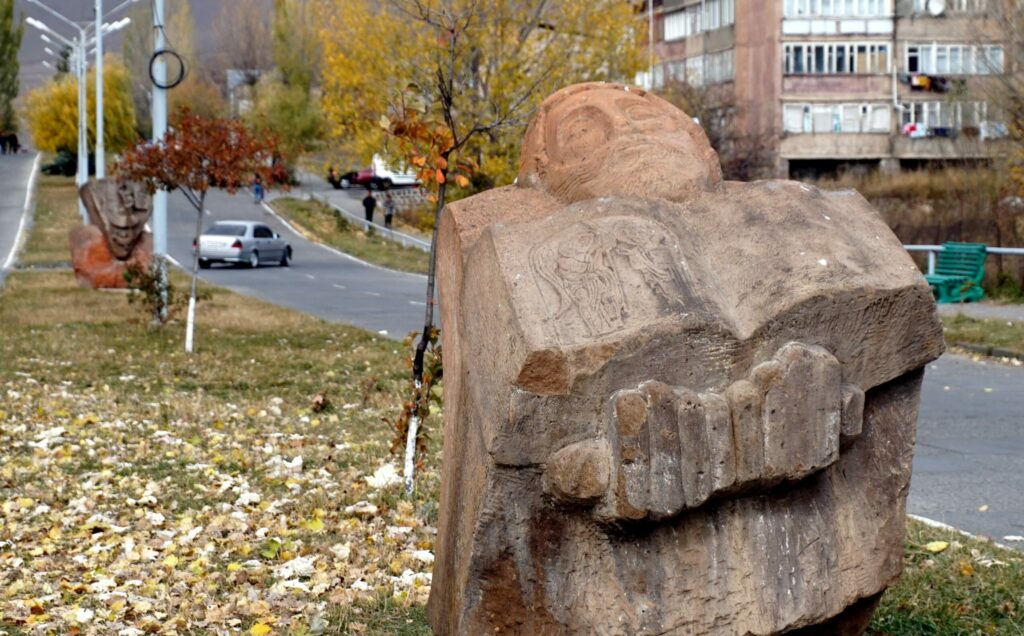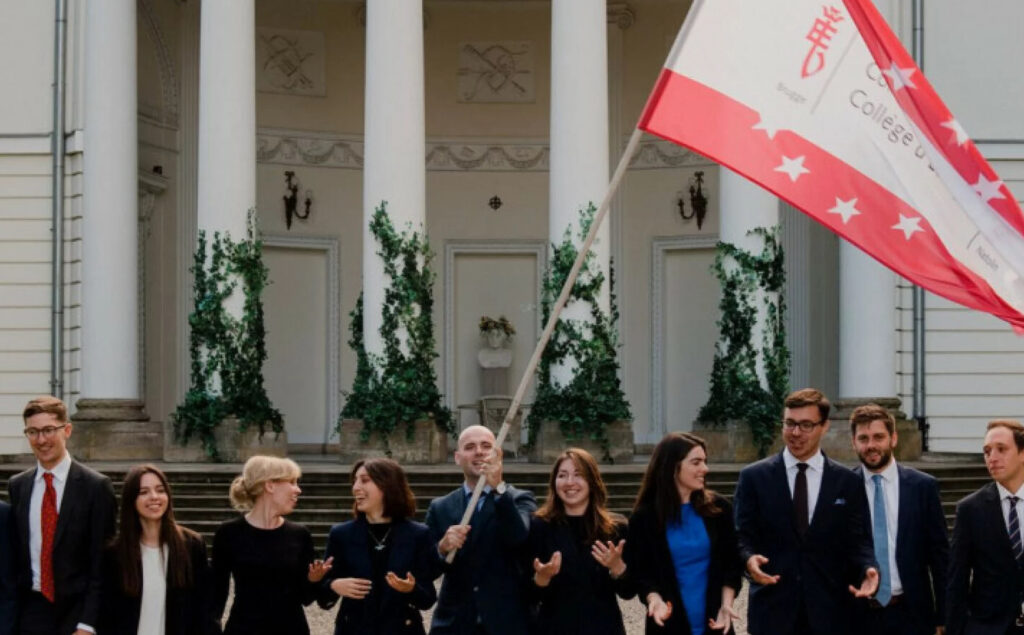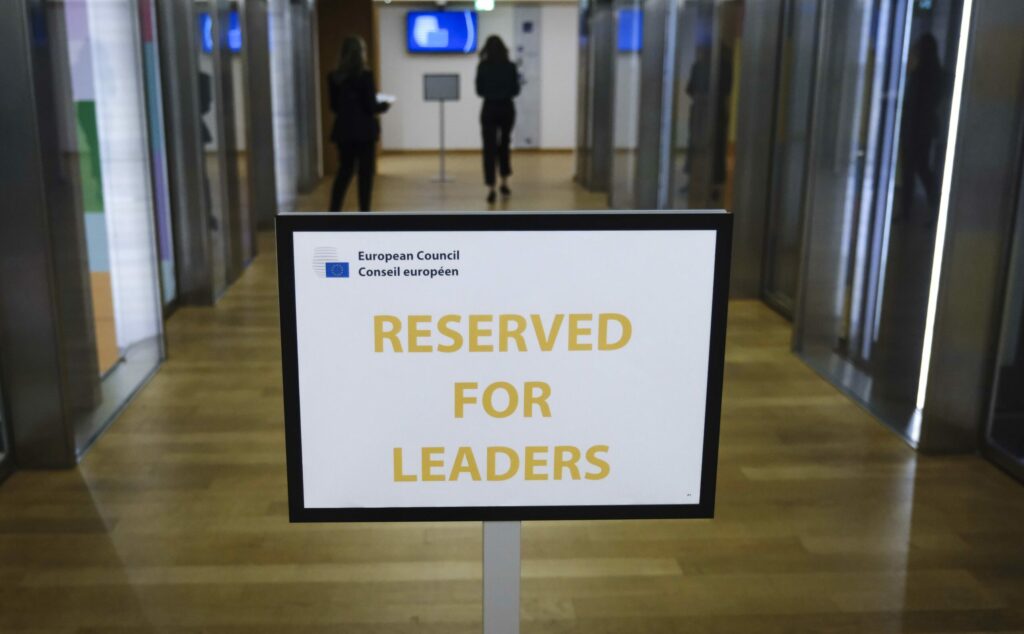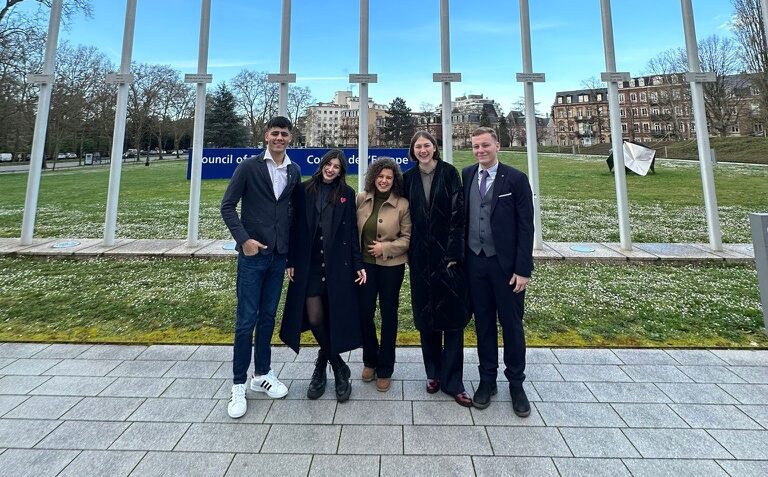
Ukraine: How to keep visa-free travel to the EU and what to do with rejections on the border
In the last two years the visa-free travel regime between Ukraine and the European Union has become not only comfortable, but also customary. The number of issued biometric passports has already exceeded 12 million!
Many people still remember how a trip to Warsaw, Rome, Prague or Brussels could turn into a long and indefinite story for those who did not have a visa. It is not surprising that many are concerned whether there is a possibility that visa-free travel to the EU could be cancelled, especially in view of recent events in Ukraine.
What are the conditions for keeping the visa-free travel? What is happening with it now, including (an unprecedentedly high) number of rejections of Ukrainians on the borders?
An echo of the battle for visa-free travel
To understand what threatens the visa-free travel (or whether there is something threatening at all), it is worth remembering how we got it.
A “visa-free dialogue” between Kyiv and the EU started back in 2008. In 2010, Ukraine was provided with the Visa Liberalisation Action Plan, the first among the countries in the region. The problem is that, having received this document, Kyiv was “boasting” it for a long time without implementing it. As a result, we were bypassed by everyone.
Moldova started the visa-free travel dialogue in the summer of 2010, and visas were cancelled in less than 4 years. Georgians started in February 2013 and managed to do it in four plus years. But Ukraine had an abysmal record: it took almost nine years from the beginning of negotiations to the time when visa-free travel became possible.
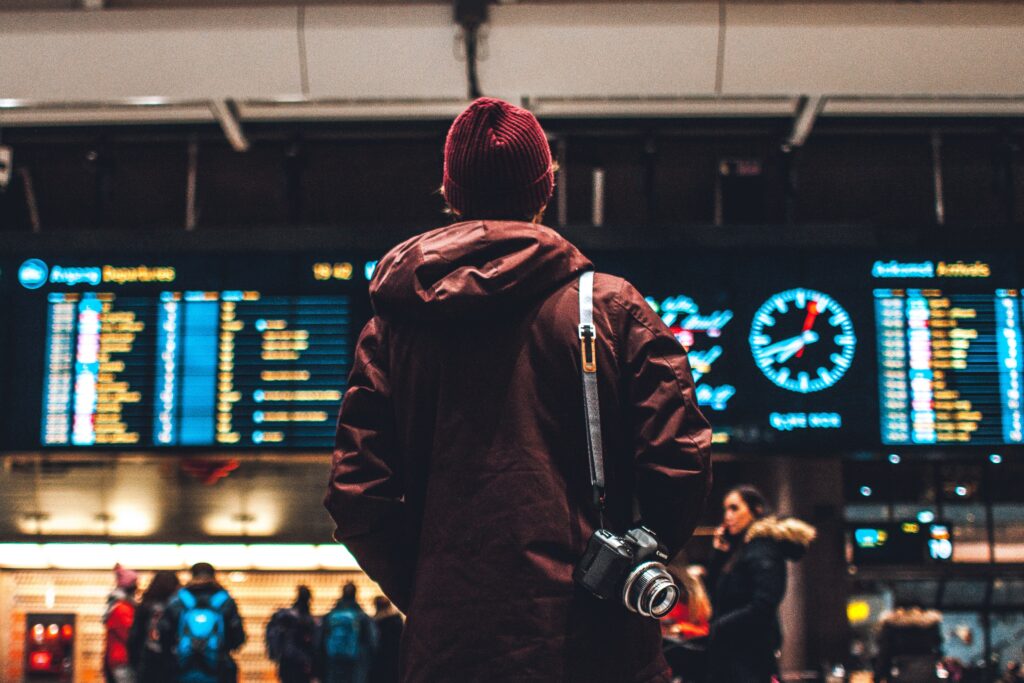 Photo: Unsplash
Photo: Unsplash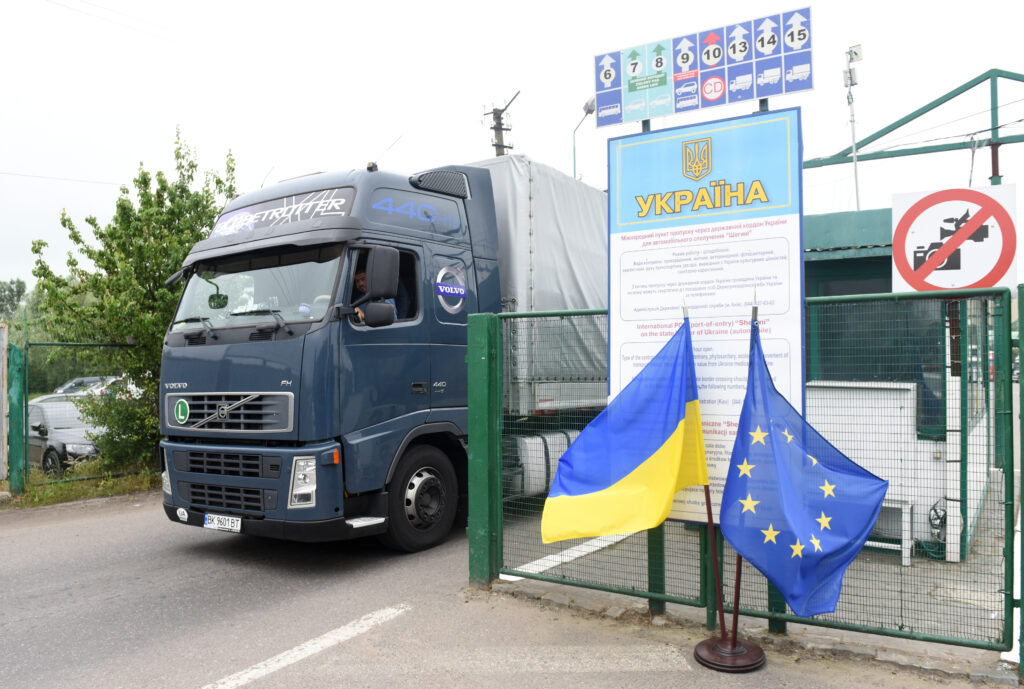 Shegyni-Medyka checkpoint on the border with Ukraine and Poland some 100kms from Ukrainian city of Lviv. (Editorial credit: Bumble Dee / Shutterstock.com)
Shegyni-Medyka checkpoint on the border with Ukraine and Poland some 100kms from Ukrainian city of Lviv. (Editorial credit: Bumble Dee / Shutterstock.com)
Why did it take so long? Many reasons could be named.
One of the things was the fact that Ukraine was the first to do it, starting from zero and our neighbours had a chance to copy the Ukrainian plan. Also, Ukraine lacked real changes in 2010-2013. Additionally, there were problems with anti-corruption reforms after the Revolution of Dignity.
And finally, another reason is that Ukraine is too big. This is a serious argument, due to which decisions regarding our country take too long. However, when it happens, Ukraine, like a locomotive, can pull along other countries in the region.
This is exactly what happened with visa-free travel.
Moldova and Georgia received visa-free travel plans identical to that of Ukraine not by chance. The thing is that after negotiations started with Ukraine the EU agreed to introduce visa-free travel as a part of the Eastern Partnership format (EaP) that is available to all the countries in the region.
Armenia can be subsequently added to the list of those who succeeded. The country began its visa-free dialogue with the European Commission this year. Two other EaP states – Azerbaijan and Belarus – retain the formal right to visa-free travel, but there are no guarantees that they would venture to take this difficult journey. The fact is that the list of conditions for the abolition of the visa regime with the EU included implementation of significant reforms, including combatting corruption and respect for human rights and this is not a formality but a requirement. So far Belarus did not even agree with the EU on visa liberalisation that is why Belarusians still pay €60 for Schengen visas (compared to €35 other EaP countries pay).
However, this is a two-way street. Visa-free travel can be granted and cancelled as well.
Having implemented the reforms, our country received visa-free travel, but in the event of their cancellation the action of a visa-free travel will be stopped. Another theoretical possible reason for its suspension is the case when any EU country faces the influx of Ukrainians who have violated or are trying to violate the visa-free travel regime.
Therefore, this means that we have to make sure that these problems do not come up.
Visa-free travel with rejections
When visa-free travel just started working, there was a need to convince Ukrainians that it was not difficult to travel with biometric passports, however, now it is no longer necessary to do it. Many people already had a chance to experience visa-free travel and see for themselves that it worked.
Surprisingly, at the same time, there is no reliable statistics on visa-free travel!
According to the State Border Guard Service’s information, since June 2017, when the visa-free regime was enacted, Ukrainians travelled almost 40 million times to the EU states. However, this figure also includes those who travel with visas (Schengen or work visas) and those who have a residence permit in the EU. The border guards have counted more than 2 million trips with “clean” passports, but subject matter experts believe that the real number of visa-free travel is much higher.
The statistics is not tracked in Brussels either. Even more so, if the person crosses the EU border with a visa in their biometrical passport, they are often considered a visa-free tourist and they do not get fingerprinted either.
However, what Europeans do count is the number of “problematic” travellers. The problem is that there are many Ukrainians among them and their numbers rapidly grows.
According to the EU Frontex agency, when visas were still needed to travel to the EU in 2015 about 22,000 Ukrainians were rejected on the borders. In a year the number increased by 6,000. In 2017 when visa-free travel became possible, the number exceeded 37,000 and it reached 57,500 in 2018!
This is an absolute record among all the countries whose citizens travel to Europe. Now no other state of the world has numbers close to these.
Practically, three out of ten rejected people on the EU borders are Ukrainians!
Of course, in view of the entire multi-million flow of Ukrainian travellers, this is not much, it is about 0.3%. This is ten times less than the percentage of refusals at consulates during “visa times”. But for each of the 57,500 of our fellow citizens who are a part of this statistics, the refusal ruined their plans and became a serious problem.
Therefore, we should understand why Ukrainians get rejected on the EU borders. The European border protection agency, Frontex, shed some light on the issue.
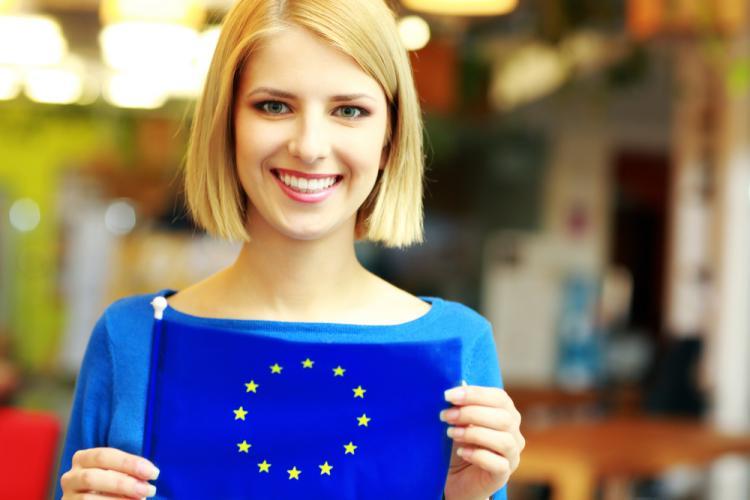 Since June 2017, when the visa-free regime was enacted, Ukrainians travelled almost 40 million times to the EU states.
Since June 2017, when the visa-free regime was enacted, Ukrainians travelled almost 40 million times to the EU states.
Hotels, money, days: why Ukrainians got rejected
The most common reason is the absence or inconclusiveness of the documents on the purpose of the visit (22,700 rejections). This also used to be a major reason for rejection when we travelled to the EU with visas.
The main advice on how not to get into trouble: always have a print-out of your hotel reservation and return tickets (if you are traveling by air).
The absence of a return ticket is one of the most common causes of problems at the border. It is better not to rely on a ticket in your phone. The airport may not have the internet, or there may not be enough battery left on your phone. Getting rejected because of this will be particularly disappointing, and such cases occurred. If you are staying with friends, relatives, camping, etc., you should be prepared to provide the border guards with your friends’ or relatives’ contacts or details of the planned route. It should be added that while traveling by bus, return tickets, as a rule, are not required, and those who drive their own car do not encounter such problems either.
Insufficient funds are the second reason for rejection on the border. Last year this reason practically exploded.
In 2016, 2,000 Ukrainians were refused entry into the EU, in 2017 – 4,370, and last year this figure exceeded 16,500! It is amazing, is not it?
Unfortunately, we have plenty of stories when the reasons for these refusals were dubious. In the Schengen Code, in particular, there is a rule that money can be kept in the bank and presented with a bank card, but in reality border guards, especially in Poland, ignore this provision. And so the advice is the following: have enough cash when traveling through Poland or if there are problems with other documents (for example, the absence of hotel bookings). After all, the issue of funds often occurs precisely in “problem” cases where the border guard has suspicions about the traveller, but cannot prove them otherwise.
Last year Ukrainian media outlet Yevropeyska Pravda reported about How much money to take to Europe in more detail.
And, finally, another popular reason for rejection, which should be noted, is exceeding the 90-day stay in the EU for those who do not have a residence permit. Last year 5,008 people were returned from the border to Ukraine. So, those who have doubts should read another article on “How not to be mistaken counting days in the Schengen”.
Of course all these details will make sense only if visa-free travel does not get cancelled.
Will visa-free travel be cancelled for Ukraine?
This question was often raised on social networks on the eve of recent elections of the President of Ukraine and continues to be raised now, after elections took place. To be precise, it usually sounds even more categorical: “Is it true that visa-free travel will be cancelled now?” It is difficult to say whether it is the general tension, panic, or someone deliberately spreads such rumours, because, allegedly, there are even dates when visa-free travel will end.
You can rest assured that this is not true. There are no decisions on cancelling the visa-free travel for Ukraine and it is not planned as of now.
The election of a new president does not change anything by itself. The European Union did not provide visa-free travel to the former President of Ukraine, Petro Poroshenko, but for Ukraine, and the basis for this was the successful completion of a visa-free plan, the one that Ukraine received in accordance with the principles of the Eastern Partnership.
However, this does not mean that visa-free travel is safe “forever”.
Two years ago, when the EU approved the cancellation of visas for Ukraine and Georgia, a special mechanism for suspending visa-free travel was developed. It contains several reasons why this privilege for any state can be limited, suspended or even cancelled altogether.
The first reason is migration. We drew the attention to the increase in entry rejections to the Schengen area for a reason, as this is one of the important indicators on the basis of which the EU can initiate the “punishment” of its neighbour. The fact that it has been increasing is a bad signal. Therefore, adherence to the rules of visa-free travel will not only help us avoid problems at the border, but also will set aside threats to our visa-free travel.
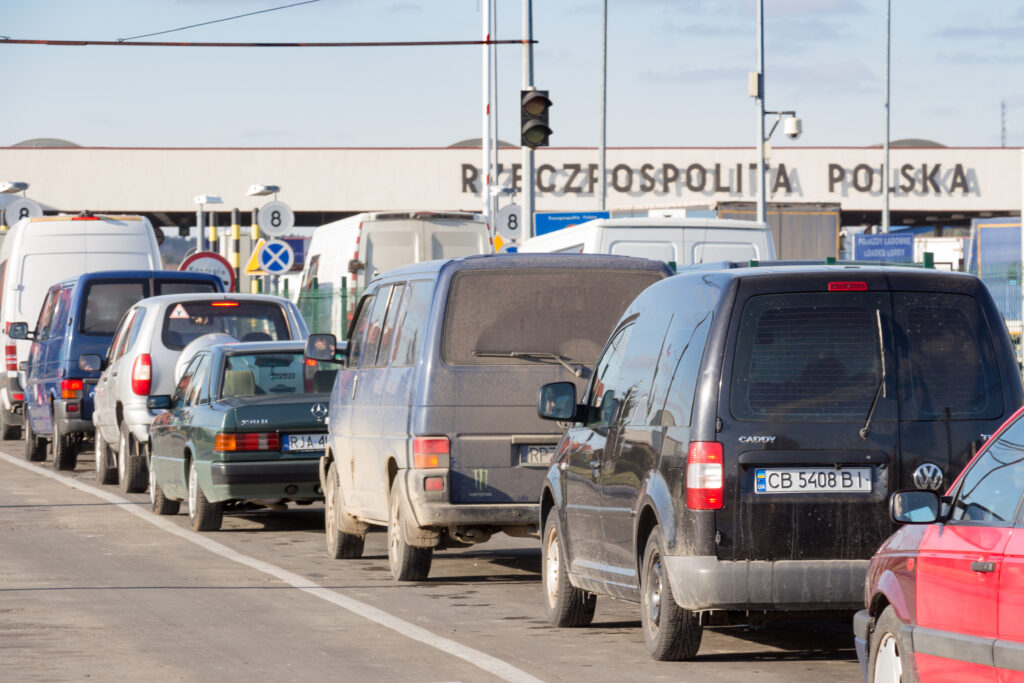 Cars waiting to pass through the Ukrainian-Polish border at the checkpoint “Krakovets-Korchova”, 70 kilometers west of Lviv (Editorial credit: Ivan Semenovych / Shutterstock.com)
Cars waiting to pass through the Ukrainian-Polish border at the checkpoint “Krakovets-Korchova”, 70 kilometers west of Lviv (Editorial credit: Ivan Semenovych / Shutterstock.com) Ukrainian passports, stamps and map of Europe (Photo: Shutterstock.com)
Ukrainian passports, stamps and map of Europe (Photo: Shutterstock.com)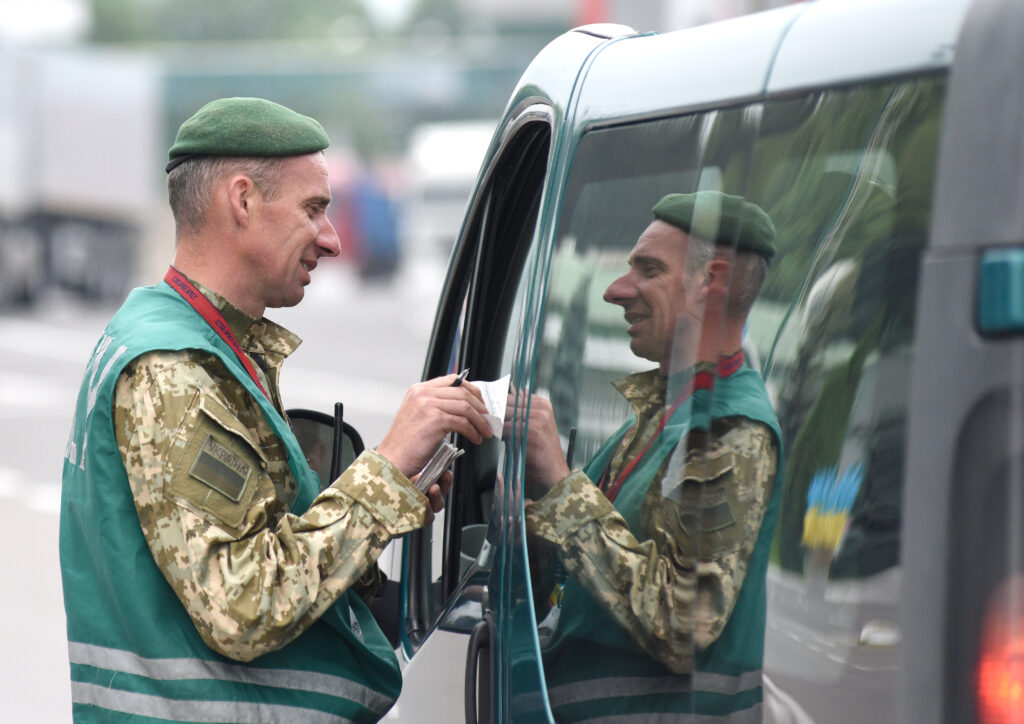 Shegyni-Medyka checkpoint on the border with Ukraine and Poland some 100kms from Ukrainian city of Lviv (Editorial credit: Bumble Dee / Shutterstock.com)
Shegyni-Medyka checkpoint on the border with Ukraine and Poland some 100kms from Ukrainian city of Lviv (Editorial credit: Bumble Dee / Shutterstock.com)
Another reason is tied with reforms.
The European Union has agreed to cancel visas for Ukrainians in exchange for reforming our state and it is logical to leave a safeguard that will stop this privilege if Ukraine chooses the reverse vector of development. This is especially true in the fight against corruption. In this sense, the change of power in Ukraine can really be connected with a visa-free travel regime. Cancellation of reforms, if, God forbid, it happens, will ricochet against the Ukrainians’ right to travel freely in Europe.
And this is an additional reason for the Ukrainian society to demand from the authorities to preserve the movement towards the EU and pro-European changes.
Author: Sergiy Sydorenko
Article published in Ukrainian and Russian by eurointegration.com.ua (Yevropeyska Pravda)
MOST READ
SEE ALSO

‘The Kremlin has entered the chat’: how to protect your personal data on Telegram and avoid the bait of propaganda
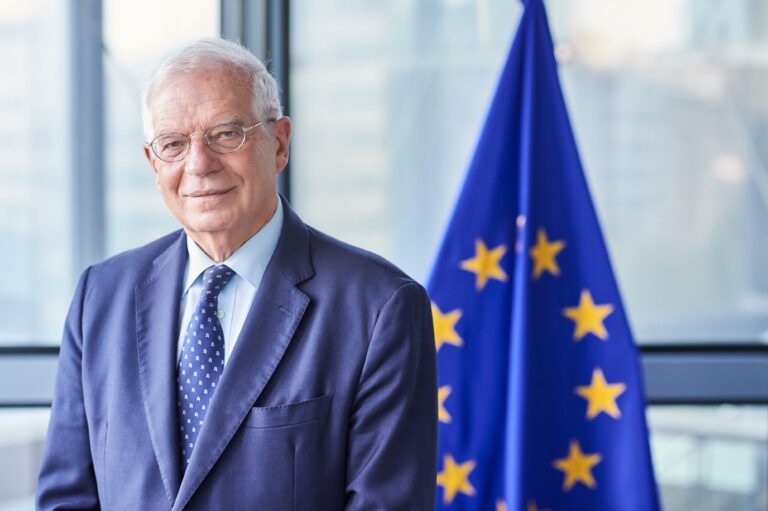
No, time is not on Russia‘s side

Socks for Peace: how the Vilni project is supporting internally displaced women in Ukraine

Celebrating traditional Ukrainian cultural identity in Rivne

Natalia wanted her child to escape the war: how a single mother set up a successful business in Lithuania
More campaign pages:
Interested in the latest news and opportunities?
This website is managed by the EU-funded Regional Communication Programme for the Eastern Neighbourhood ('EU NEIGHBOURS east’), which complements and supports the communication of the Delegations of the European Union in the Eastern partner countries, and works under the guidance of the European Commission’s Directorate-General for Neighbourhood Policy and Enlargement Negotiations, and the European External Action Service. EU NEIGHBOURS east is implemented by a GOPA PACE-led consortium. It is part of the larger Neighbourhood Communication Programme (2020-2024) for the EU's Eastern and Southern Neighbourhood, which also includes 'EU NEIGHBOURS south’ project that runs the EU Neighbours portal.

The information on this site is subject to a Disclaimer and Protection of personal data. © European Union,
